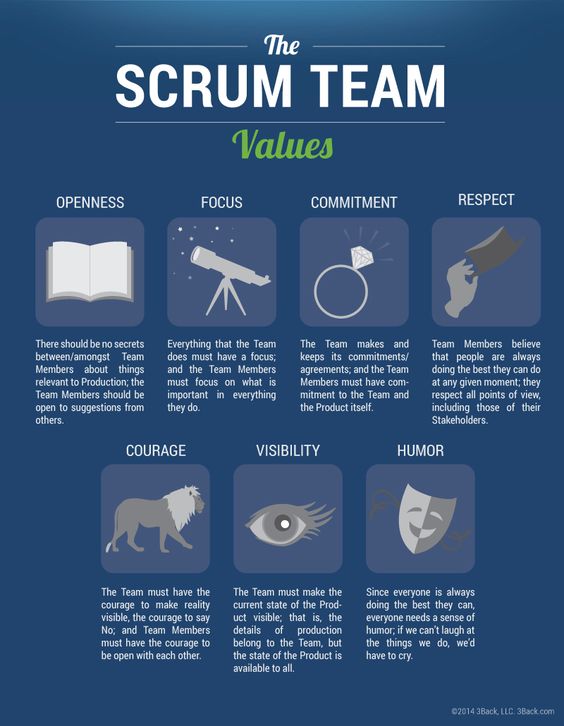In today’s fast-paced world, businesses must adapt to change quickly to remain competitive. The Scrum process is a popular Agile methodology to manage projects that involve a high level of uncertainty.
Scrum process allows teams to work collaboratively, continuously delivering value to stakeholders, and improving the final product’s quality. In this article, we’ll explain the Scrum process in detail and examine how it can benefit businesses and organizations.
What is Scrum?
Scrum is an Agile project management methodology that emphasizes teamwork, collaboration, and iterative development. It was introduced as an alternative to traditional command-and-control project management methods.
Roles in Scrum
The Scrum process defines three roles: product owner, Scrum Master, and development team. The product owner is responsible for prioritizing product backlog items and making critical business decisions, while the Scrum Master acts as a coach for the team, removing impediments and facilitating Scrum events. The development team is responsible for delivering a potentially releasable increment of the product at the end of every sprint.
Artifacts in Scrum
In Scrum, there are three primary artifacts: product backlog, sprint backlog, and increment. The product backlog is a prioritized list of features, enhancements, or bug fixes the team needs to work on. The sprint backlog is a list of items taken from the product backlog that the team commits to working on within a sprint. The increment is the sum of all the product backlog items completed during the sprint
Scrum Events
Scrum has four events: sprint, sprint planning, daily stand-up, and sprint review and retrospective. A sprint is a timeboxed iteration where the team works on the items selected from the product backlog. Sprint planning is an event where the team comes together to plan the work for the next sprint. The daily stand-up is a 15-minute meeting where the team discusses the progress made the previous day and what they plan to accomplish that day. The sprint review and retrospective is a meeting that occurs after the sprint where the team demonstrates the completed work to stakeholders and reflects on how they can improve in the next sprint.
Benefits of Scrum
Scrum process has several benefits, including better transparency for stakeholders, increased team productivity, faster delivery of value to customers, improved product quality, and a more flexible and adaptable approach to managing uncertainty in projects.
Scrum vs. Waterfall
Scrum process is often compared to traditional Waterfall project management approaches. Waterfall has a linear process where each phase of the project occurs in sequence, while Scrum allows for a more iterative and flexible approach that adapts to change quickly.
Scrum in practice
To implement Scrum process in practice, teams must adopt several habits, including daily collaboration, prioritizing work, continuous feedback, and continuous improvement. Adopting these practices can help teams become more productive, efficient, and effective in delivering value to stakeholders.
You might find these FREE courses useful
- Scrum Master Certification Practice
- Project Practicum with Multiple Projects
- 7 In-Demand Scrum Master Certifications 2023
- Scrum Master Certification Exam Preparation
Conclusion
The Scrum process is a powerful Agile project management methodology that can help teams manage projects in a fast-paced environment. By emphasizing teamwork, collaboration, and continuous improvement, Scrum allows teams to deliver high-quality products faster and more efficiently. By combining values, principles, and practices of Scrum, teams can gain a competitive edge in today’s rapidly changing business landscape.
In conclusion, the Scrum process can help businesses and organizations remain relevant, adaptive, and competitive. By following the principles, adopting the practices, and continuously improving, teams can deliver value to customers, stakeholders, and themselves. It’s never too late to adopt Scrum process and start reaping its benefits today.
